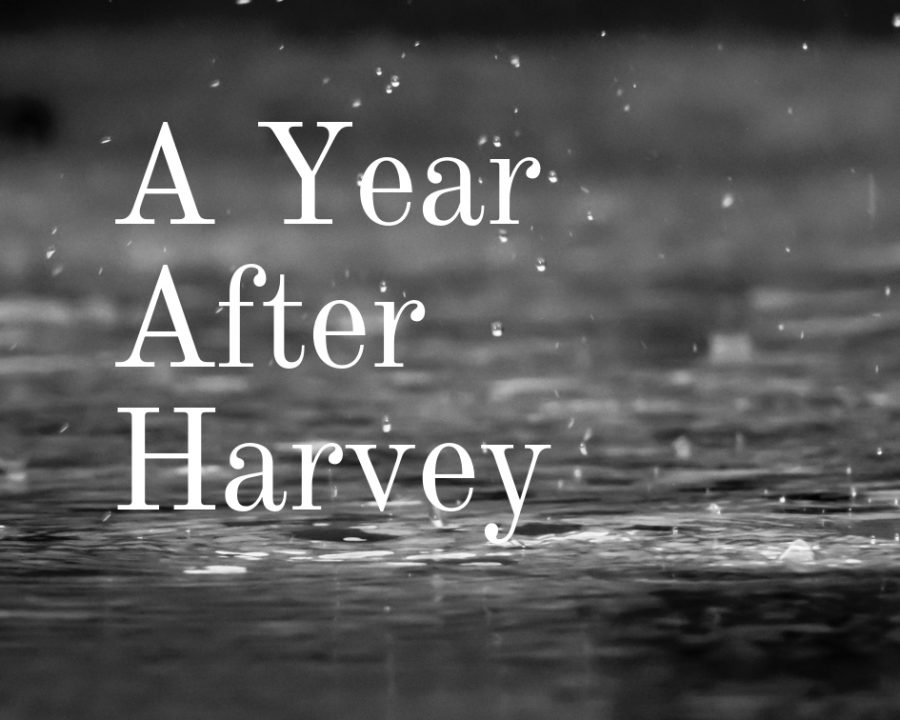A Year After Harvey
September 12, 2018
One year ago today, Hurricane Harvey hit Houston, a 500 year flood that dumped approximately 27 trillion gallons of water on the metropolitan city, killing a total of 63 people in the process.
Harvey ranks as the second most costly hurricane in American history since 1900, according to World Vision.org, costing an upwards of $125 billion in damage and effecting an estimated 13 million people.
“Harvey started as a typical weak August tropical storm that affected the Lesser Antilles and dissipated over the central Caribbean Sea. However, after re-forming over the Bay of Campeche, Harvey rapidly intensified into a category 4 hurricane, on the SaffirSimpson Hurricane Wind Scale, before making landfall along the middle Texas coast,” according to the Tropical Cyclone Report by the NOAA.
During the storm and preceding, people flocked from far and wide to assist in rescues. Nearly every local church provided shelter, some even pulling out boats for transportation.
The Cajun Navy, a storm rescue group with the mission of “refusing to stand by and wait for help in the wake of disasters in our state and the country,” according to their official website, rushed to Houston’s rescue.
Although, in a way, the devastation of Hurricane Harvey shaped Houston for the better; unifying its citizens against the catastrophe.
“We have more assets than we did during Harvey, more assets that are readily available, so we had about 12 high-water trucks positioned throughout the city, about 43 boats positioned throughout the city,” Mayor Sylvester Turner said during a press conference.
Due to funding for restoration being diverted towards the destruction caused by hurricane Maria and Irma, shortly following Harvey, there are many in the Houston area still suffering.
According a survey by the Episcopal Health Foundation, Harvey ranks as the second most costly hurricane in American history since 1900,


